RFID-It’s Not Just for Inventory Management Anymore!
RFID has been around since the end of World War II. One of the early uses of RFID was for inventory management. The inventory was accomplished by scanning the RFID Tag, the inventory was sent to the computer, logging in the presence of the item in the available inventory.
There are two different forms of RFID Tags, each based on how the information from the RFID Tag is transmitted to the scanner. A “passive RFID Tag” means that the tag is activated by the scanner and the tag transmits information via radio waves back to the scanner, which in turn transmits the information to a central computer, which interprets the information and stores it. There is no “power source/battery” in the passive RFID Tag.
The second type of RFID Tag is an “active RFID Tag”, which, by name, implies that the tag transmits data using its own “power source/battery”. The active RFID Tag can be either of the “beacon variety” which means that the tag sends out a “ping” every few seconds announcing its location/presence. Since the beacon variety of tag is sending its information out constantly, its batteries tend to wear out much more quickly than the “transponder variety” of an active RFID Tag. The transponder tag receives a “request for information” from the scanner and powers up by use of its battery, and the tag sends information as a “response“ to the scanner’s “request”. Since data transmission isn’t constant in the transponder, the batteries last much longer in the “transponder” RFID Tag than in the “beacon” RFID Tag.
Passive RFID Tags are less expensive as they don’t have a battery to wear out, and can possibly last a lifetime. They are good in supply chain management, access control management for offices, toll roads, concerts, sporting events, races (including time tracking), and attendance. Passive RFID Tags do NOT require a direct line of sight to register the presence of the tag, but they are limited in the distance from which their information can be “read” from the RFID Tag by the scanner.
Active RFID Tags are much more expensive than passive RFID Tags, but offer a wider range of services and a much larger “read distance” than the passive RFID Tags. This is of value in the access of toll roads where the vehicles with RFID Tags can move under a scanner, be activated and send ID to the scanner, and be recorded in a very short period of time, not even requiring the vehicles to come to a stop to complete the transaction. This is a “transponder” type RFID Tag, which “only speaks when spoken to” as the vehicle passes under the scanner, remaining quiet until activated at the next toll booth. Other areas for use of active RFID Tags would be the “real time” tracking of shipments and even in devices used to track people, which could be either beacon or transponder types. An example of using RFID Tags to track people would be “house arrest” in the legal system. The person under house arrest wears a locking boot that contains an beacon RFID Tag, if the prisoner leaves the area that he is confined to, the scanner recognizes his violation of house arrest and notifies the authorities about the violation and his current location. A beacon variety RFID tag can be used to determine the location of traveling employees, providing their current location to the main office. It can even be used in the monitoring of the location of a patient with Alzheimer’s Disease, once again, a transponder system to locate the patient in the event that he drove away or walked away from his home and got lost, or a beacon system to monitor the patient if he is living independently.
The advantages of RFID is that it is a rugged technology that can produce “real time results”, and allows for database portability on a single chip. Despite all of the advantages of RFID Tags and system, there are several disadvantages involved in its use. RFID Tags can be read by almost any kind of scanner, unless encryption is employed. Along with the scanner, inevitably comes the “scammer”, who may be able to glean information from the RFID Tag. As mentioned in an earlier blog, RFID information can be read from credit cards using Near Field Communication Technology employed for credit card transactions that could result in sensitive information being intercepted/stolen, creating the chance for financial fraud. RFID cards are relatively easy to clone. RFID system design and implementation can be complex and expensive. There are no industry-wide standards for RFID Tags/Systems, and since they run on radio frequency, the transmissions can “collide” and become “jumbled” or even be intentionally “jammed or disrupted”, resulting in malfunction and delays. They may even be “blocked completely” by certain metals, liquids, or metalized textiles due to the “Faraday Effect”. Despite these problems, RFID is still a valuable technology across many fields. In my opinion, if the data isn’t sensitive or personal information, RFID is a great system for many of the uses mentioned in the early part of this article.
V Technical Textiles, Inc.
www.vtechtextiles.com
info@vtechtextiles.com
(315)-597-1674 Phone
(315)-597-6687 FAX

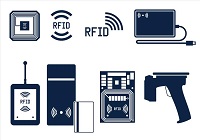

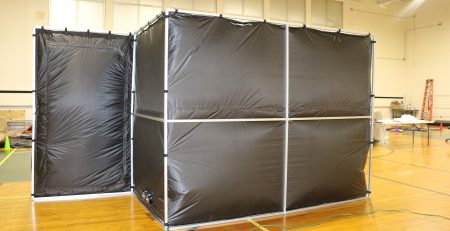
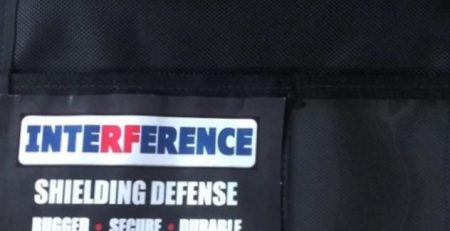
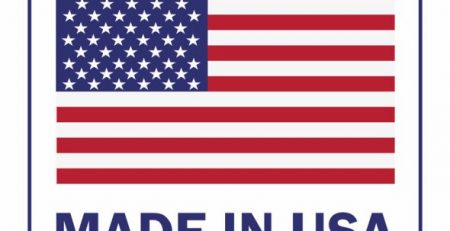

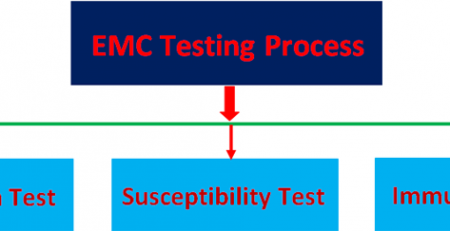
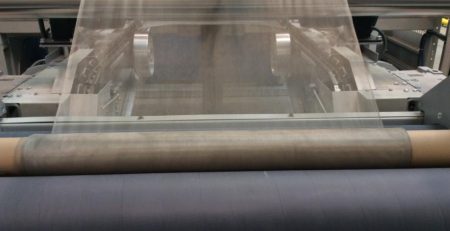
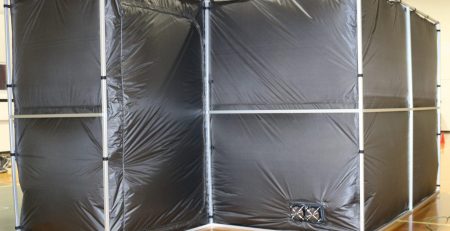



Leave a Reply